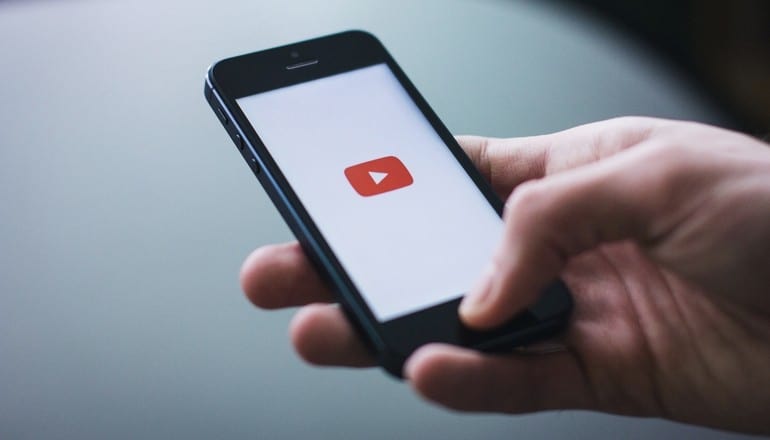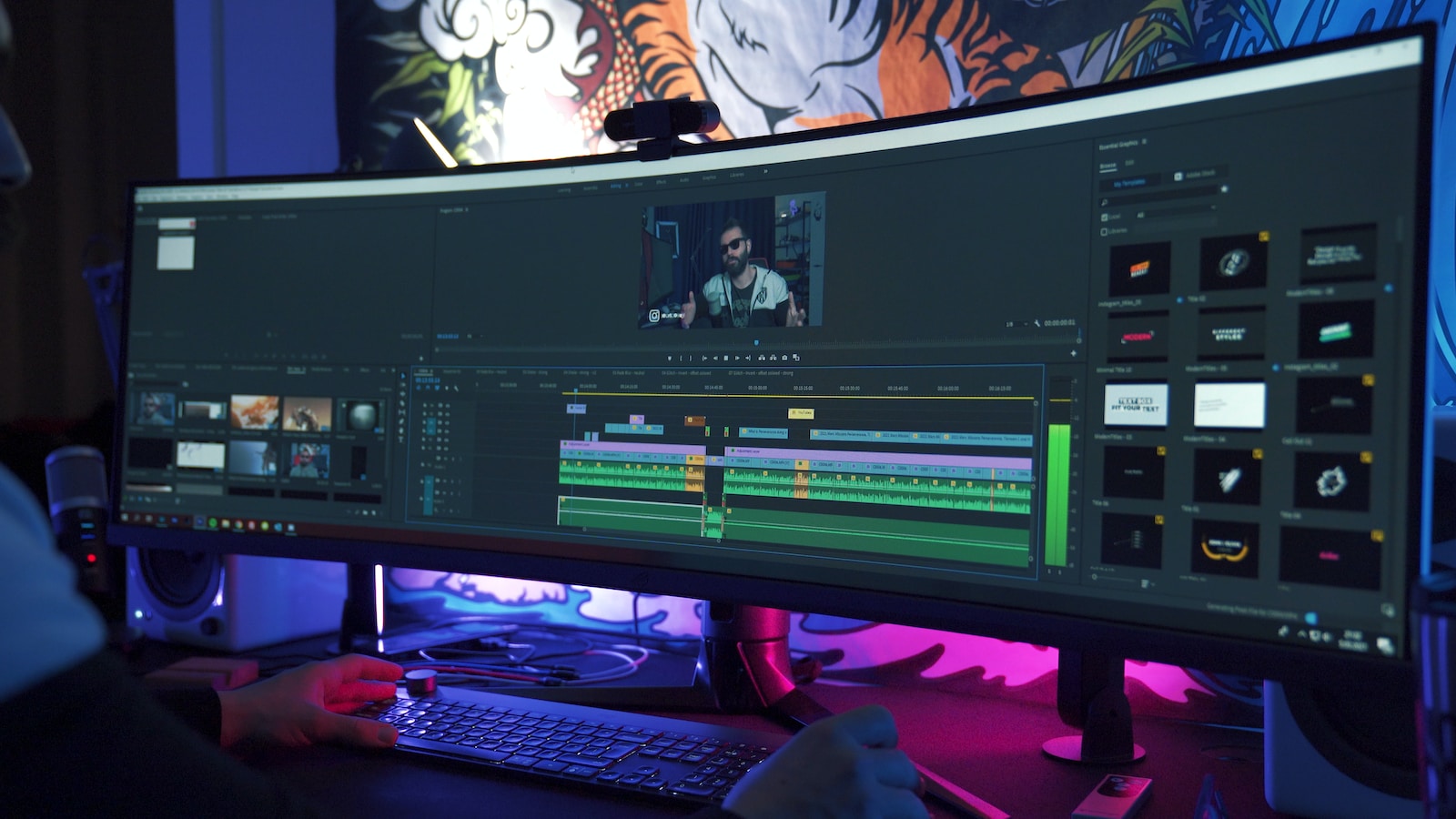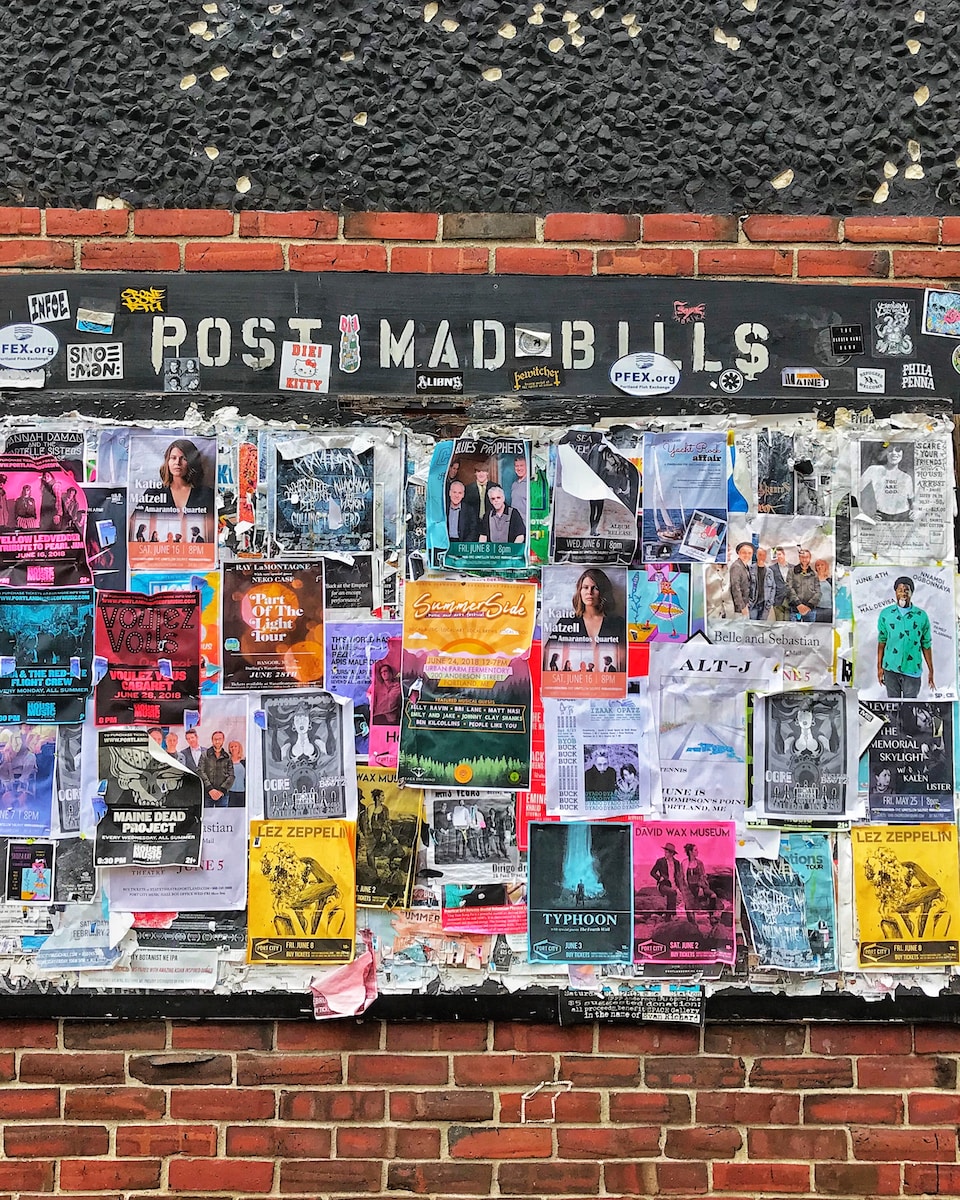What is marketing translation?
To put it simply, marketing translation involves translating some or all of your marketing content to appeal to your target audience – whether that be your website, social media, emails, or hard-copy materials.
Information is certainly a big part of marketing, but it’s not enough to just make sure your copy is understandable in another language. Consumers have so much choice that standing out in the right way is essential. The key to achieving this lies in the way information is communicated and the language that’s used.
This guide covers everything you need to know about marketing translation – to help you develop an understanding of how best to target an international audience.
The difference between translation, transcreation and localisation
What is standard translation?
Standard translation is usually fine for content such as product descriptions, training documents and instructions. When it comes to this type of content, all you need is straight-down-the-line clarity.
Standard translation can also be a cost-efficient method, as the translator/writer doesn’t have to be creative with how they translate the text. If you’re not concerned about cultural differences for the particular content you’re translating – and don’t have to pay close attention to the brand language – standard translation could be an option for you.
This method of translation can cause a wide range of issues when it comes to attracting a new audience. By using standard translation, you eliminate the ability to consider the context, cultural differences, and you may suffer language mishaps – all of which can alienate your audience. Take, for example, the marketing campaign delivered by HSBC in 2009, which resulted in the company having to rebrand its entire global private banking operations. The company forked out big money to scrap its ‘Assume Nothing’ campaign – which was translated in many countries as ‘Do Nothing’ – spending $10 million to amend its tagline to “The world’s private bank,” which has a much better ring to it!
What is localisation?
Unlike standard translation, localisation involves being aware of cultural nuances and consumer preferences when translating copy. In other words, translators must understand their respective nation’s cultural quirks, traditions and superstitions to effectively localise the content they’re translating. Have a look at our blog post about the difference between translation and localisation for more information.
Localisation is an art, so if you manage to get it right you’ll build trust with your target audience and be well on your way to success in international markets. This could involve anything from video content you use on your website to a post on your social media accounts. It’s important to think about your multicultural reach early on, especially when it comes to marketing – it could save you a whole load of internal politics, time and expense in the long run. In fact, it could keep your brand on top of the world.
What is transcreation?
Transcreation is the process of adapting a message from one language to another, while maintaining its intent, style, tone and context. It’s all about preserving your message in a new environment to reflect your brand and company ethos to a local audience. As you can imagine, it’s pretty important when it comes to marketing translation! Head over to our complete guide to transcreation blog post for even more information about the process.
For global marketing in particular, highly branded materials – such as product names, slogans and advertising copy – will need the process of transcreation. Standard translation is not enough, so it’s crucial that you carefully consider this when preparing your content for global campaigns. If you want to ensure that your brand and message are culturally appropriate for your audience, it’s essential to transcreate and localise rather than simply translate.
Our blog post about when to use transcreation goes into more detail on these points if you want to delve even deeper.
What are you translating?
Video
The diversity of languages used online has seen an upswing in recent years, but English still tops the list. Many people assume that English is spoken by the majority – to some degree at least, and that English-speaking countries matter most to their business. Truth be told, 60% of all video views on YouTube come from users selecting languages other than English as the site’s display language (source: gigaom.com). So, despite spending time and effort putting together fantastic video content for your audience, many video viewers may just not get it if you only use English.
According to Smart Insights, 72% of consumers prefer video over text when learning about a product or service, so it’s clear that video has an important role to play. As a savvy marketer, you need to keep ahead of the game.
The only way to stand out in the massive wave of video content is to create films that make a genuine connection with their audience. Video content delivered to new audiences with poor-quality translation and audio production will sink without trace, so it’s important that you work with an expert to ensure that your video is translated to the highest quality.
So how should you go about translating your video content and appeal to a local audience? You can either:
- use AI*
- use subtitles; or;
- provide a translated voiceover, which can include an off-screen voiceover, lip syncing, dubbing or a UN-style voice over.
*For more information relating to AI, head over to our news piece about translating video content for the Malaria Must Die campaign featuring David Beckham, or have a look at the video which shows the behind the scenes footage of implementing AI.
We should mention that when we refer to subtitles, we don’t mean Google automatic captions; we mean a professional translation service. The automated captions provided by Google are never accurate, which can lead to some embarrassing mistakes. Google’s automatic captions perform poorly when it comes to organic search too, as they’re not indexed, even by themselves.
Once you’ve decided what type of video translation works best for you and your target audience, there are some things to bear in mind before you make a start:
- Think about globalisation from the get go. For example, avoid English idioms or gestures that won’t be understood when translated into another language. This will make the whole process much easier for everyone involved.
- Leave some pauses in your video, as this will allow for the expansion of other languages that take up more space than English.
- Avoid on-screen titles as these can be costly to translate.
- Leave subtitle space by filming most of the action on the top half of the screen.
- It’s better to incorporate globalisation plans into your videos from the start, but don’t forget to localise old video marketing too, or you could be missing out on valuable local audiences.
Website
Translating your website is pretty much a necessity if you want to reach an international audience. It’ll allow you to target specific audiences and engage consumers in your target market.
There are various ways to translate web copy, including machine translation. However, using a human translator will always come up trumps above other methods. Plugins using machine translation simply don’t have the capacity to understand the context surrounding the content on your website, meaning that the translated content will completely miss the mark. This means you can’t play with words or use humour – the machine just won’t understand.
Human translators not only understand content, but they also pick up the nuances of a language and can translate idioms or use colloquialisms where appropriate. A professional will even notice errors in the source text, which a machine simply cannot do. Not to mention a professional translation agency will be able to incorporate relevant SEO terms into your website copy – we’ll look at this in more detail later.
The layout of your website can also be affected when it comes to translation. For example, some languages take up far more space than English. French is one example of this, with French text taking between 15% to 20% more space than the English text. This can cause problems with layouts where there is limited space or, for example, within a button.
Japanese words can also take up much more horizontal space, and some languages can even take up more vertical space within a website. All of these factors need to be considered when looking at how space will be used in multilingual websites. Indeed, sometimes the layout of your website may have to change drastically, not just because of cultural differences, but also because the text in a different language takes up a significantly different amount of space.
Have a look at our ultimate guide to website translation for more information regarding the ins and outs of translating your website.
Using social media
Any chance you have to talk to your audience and promote your website content should be embraced with open arms, especially when you’re trying to expand your business overseas. Social media provides an easily accessible platform for brands to communicate with massive global audiences, without the need for spending on television advertisements or local press. It can also increase your brand awareness abroad and gently nudge the global audience on that journey to becoming your customer.
According to research conducted by Hootsuite, 3.48 billion people now use social media. To put that into perspective, 45% of the total world population are using social networks.
Social media platforms
Remember that not all countries use the same social media, and what might be popular in one location might not be in another. Consider Facebook, which is widely used in most countries apart from China where the site is banned. If you want to target an audience in China you need to think carefully about which platform is best to use. Hint: it’s not Facebook…
You should also bear in mind that what makes sense in one language could end up as complete gibberish in another if it isn’t translated properly. Google Translate might be fine for the odd word, but trying to run all of your social media communications through it is sure to result in ridicule. That’s why using a translation agency is more than crucial; for any successful international social media marketing campaign, having expert advice and guidance on hand is invaluable. Brands can avoid embarrassment by having their messages translated correctly, but also localise their social content for a particular country’s audience. This allows a brand to expand its e-commerce business globally, by establishing an audience of brand advocates in different countries.
A great example of doing this right comes from Magnum. The tasty brand featured a series of tweets which involved various celebrities creating their own Magnum ice cream at the Cannes film festival in 2016. To appeal to their different audiences, they showed different celebrities on different Twitter accounts.
The UK Magnum account featured model Kendall Jenner, massively popular in the UK. And the Magnum Thailand account featured Thai celebrity Davika Hoorne (Mai), who is one of the most socially followed stars in Thailand. This was a successful localisation effort, as it created a soar of engagement for the brand in both countries on the same platform.
What social networks should you target?
Aside from the big players such as Facebook, Twitter, Instagram (which we talk about in our blogs: the importance of Instagram and how to nail the marketing on this platform) and LinkedIn, there are plenty of other social networks around the world that still have bustling user bases:
- XING in Germany, for example, is a professional site similar to LinkedIn, where 90% of its page views come from Germany, Austria and Switzerland.
- Viadeo is a similar site for professionals in France and has more than 65 million members worldwide (21m of which are in Asia, 17m are in the Americas, 13m are across Europe, and 3m are in Africa).
- In China, with over 500 million users combined, Weibo and Renren are worth exploring – providing you can circumvent the government’s restrictions.
- In Russia, Vkontakte is more popular than (but is a copy of) Facebook
Ultimately, a search for ‘social media network’ plus any country will probably yield a local site that could become your secret marketing weapon. But to really get a deep understanding of the social media platforms of your target audience, you really should talk to a professional translation agency.
If you’re thinking of expanding your business overseas and want to use social media as a way to reach a wider global audience, there’s really nothing stopping you. Build your strategy, prepare your messaging and content with the help of a translation agency, and create accounts on the relevant social networks to attract international customers.
For more information about social media translation, head over to our blog to read our 5 things to know about international social media marketing and the rising trend of social media for international marketing.
Contact Brightlines today
We’re experts in marketing translation, and have the knowledge and experience to help you with any project you have – no matter how big or small. We place such importance on creative marketing translation and enjoy developing a real understanding of each brand we work with. Contact us today to get a free quote or find out more about our services.







